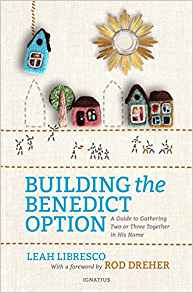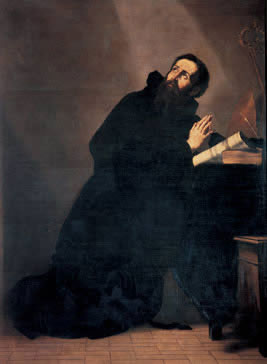Podcast: Play in new window | Download (Duration: 28:17 — 19.4MB) | Embed
Subscribe: Apple Podcasts | Spotify | Amazon Music | Android | Pandora | iHeartRadio | JioSaavn | Podchaser | Gaana | Podcast Index | Email | TuneIn | Deezer | Anghami | RSS | More

Episode 21 – Great Works in Western Literature with Joseph Pearce – T.S. Eliot and “The Waste Land”
(Of special note: excerpts from “The Waste Land” are read by T. S. Eliot)
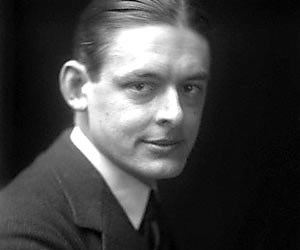 “Eliot’s place as a poet of the highest stature is assured. The Waste Land is the quintessential debunking of modernity and is also, simultaneously, a potent antidote to the poison of postmodernism.”
“Eliot’s place as a poet of the highest stature is assured. The Waste Land is the quintessential debunking of modernity and is also, simultaneously, a potent antidote to the poison of postmodernism.”
–Joseph Pearce -from Nov. 22, 2010, St. Austin Review —
You can find the complete poem here
An excerpt from “The Waste Land” by T. S. Eliot
If there were water
And no rock
If there were rock
And also water
And water
A spring
A pool among the rock
If there were the sound of water only
Not the cicada
And dry grass singing
But sound of water over a rock
Where the hermit-thrush sings in the pine trees
Drip drop drip drop drop drop drop
But there is no waterWho is the third who walks always beside you?
When I count, there are only you and I together
But when I look ahead up the white road
There is always another one walking beside you
Gliding wrapt in a brown mantle, hooded
I do not know whether a man or a woman
—But who is that on the other side of you?
Joseph Pearce is currently the Writer-in-Residence and Visiting Fellow at Thomas More College of Liberal Arts in Merrimack, New Hampshire. He is also Visiting Scholar at Mount Royal Academy in Sunapee, New Hampshire. He is also Visiting Scholar at Mount Royal Academy in Sunapee, New Hampshire. He is co-editor of the Saint Austin Review (or StAR), an international review of Christian culture, literature, and ideas published in England (Family Publications) and the United States (Sapientia Press). He is also the author of many books, including literary biographies of Solzhenitsyn, J. R. R. Tolkien, C. S. Lewis, G. K. Chesterton, and Oscar Wilde.

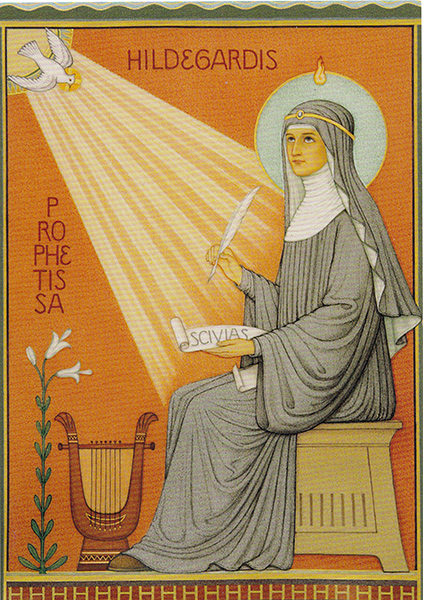

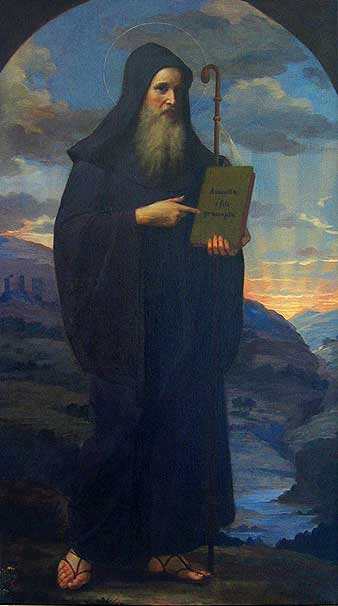 From the
From the 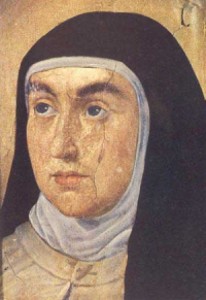
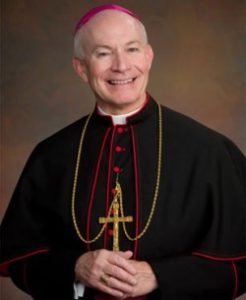

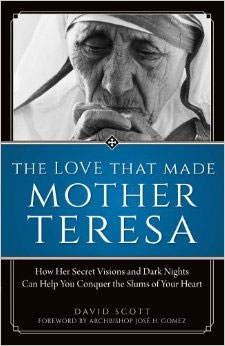

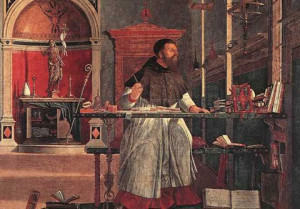
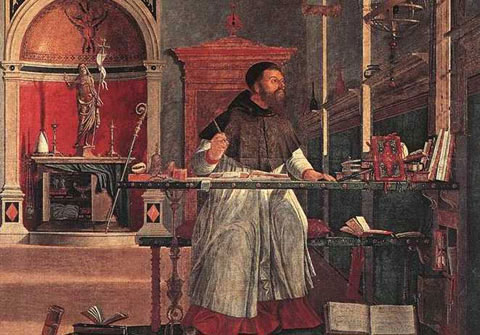
 What a delight to speak with Leah Lebresco about her book “Building the Benedict Option: A Guide to Gathering Two or Three Together in His Name.” Practical and inspiring, Leah, along with with little help from her friends, helps us to see and experience the “communion” in community. A much needed work for today!
What a delight to speak with Leah Lebresco about her book “Building the Benedict Option: A Guide to Gathering Two or Three Together in His Name.” Practical and inspiring, Leah, along with with little help from her friends, helps us to see and experience the “communion” in community. A much needed work for today!